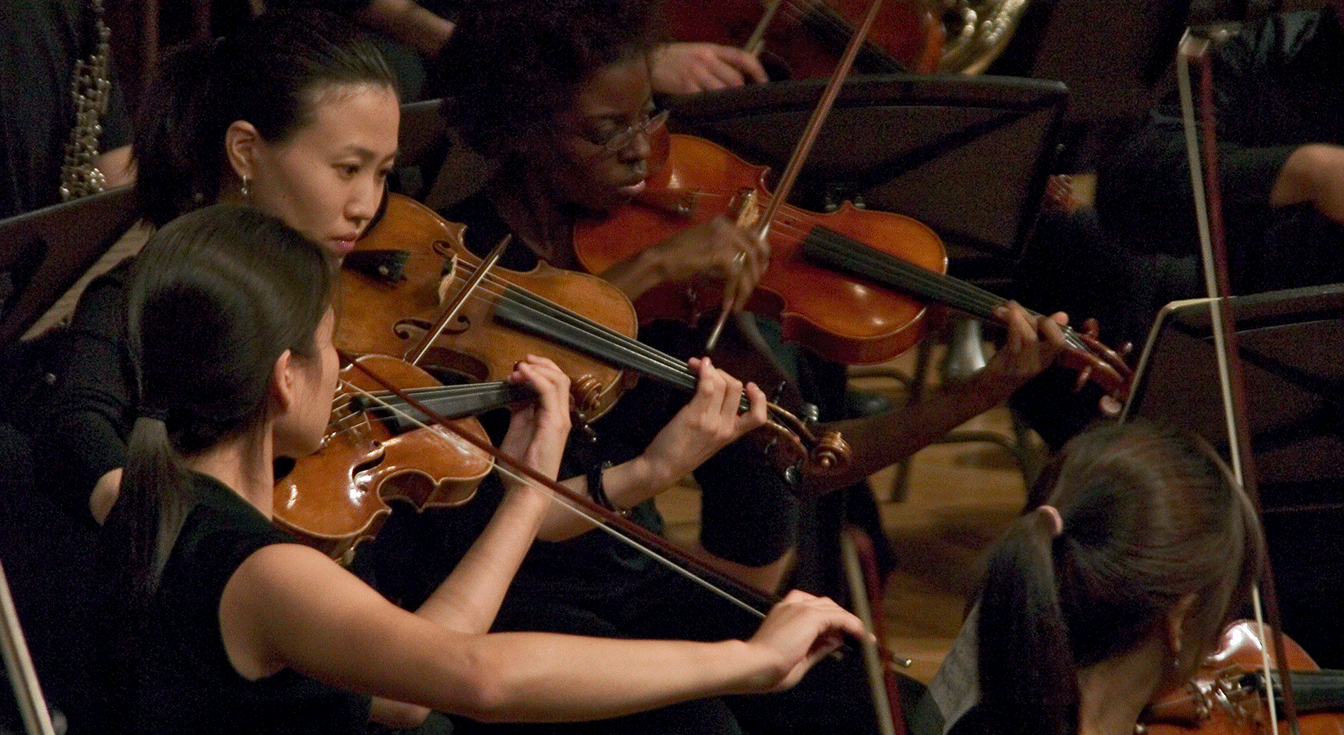| << Chapter < Page | Chapter >> Page > |

The period in the history of Western Europe, today called the Middle Ages, begins around 450 A.D. What had once been a vast empire dominated by Roman law and culture fell apartin consequence of a series of incursions by the Goths, Huns, and other “barbarian” tribes. Europe became a feudal society in which the majority of the population was peasants, orserfs. The landowners were noblemen who lived in tapestry-hung castles in walled villages, some of which are the antecedents of European cities of today. To fight the almost constantwars with each other, powerful lords raised their sons to be warriors, knights who pledged to follow codes of loyalty and chivalry. When not engaged in battles, these armored fightersparticipated in elaborate tournaments for the entertainment of the court. Knights also joined the crusades, multi-year Christian expeditions to the Middle East to recapture the Holy Landfrom Moslem rule.
As Christianity spread during the Middle Ages, great cathedrals were built across Europe as places of public worship, each presided over by a bishop appointed by the pope.Monasteries and convents were established as self-sufficient religious communities where monks and nuns lived in isolation from the outside world. At a time when the populationwas essentially illiterate, monasteries were centers of learning. Monks copied and illustrated religious manuscripts as well as books that preserved writings of Arabic and Greek scholars.
Monasteries have a special significance in the history of European music. The intoning of sacred texts, a practice the early Christians borrowed from other religions, was an importantelement of their liturgy. The chants sung in the services, some of them of ancient origin, were passed on through oral tradition, undoubtedly undergoing changes in the process. In orderto bring some organization to this huge body of melodies, monks formulated principles for classifying the scales on which they were based, the church modes. They also experimentedwith methods of writing them down. Monophonic chants constituted the core of the repertory, but there were also practices of performing chants with one or more melodies added to them,an early form of polyphony. The system that the monks ultimately developed, essentially the staff of lines and spaces in use today, accomplished not only the exact fixing of the pitches ofa melody, but allowed for the notation of two or more simultaneous melodies that graphically represented their relationship to one another. Observations about these relationships led toconcepts of consonance and dissonance and to early rules for creating new music of two or more parts. What was originally intended as a mechanism for preserving existing musiclaid the foundations for Western theories of counterpoint and harmony. Those principles and practices made possible the composition of music of great textural complexity and arethemselves among the major intellectual achievements in human history.

Notification Switch
Would you like to follow the 'Music appreciation: its language, history and culture' conversation and receive update notifications?